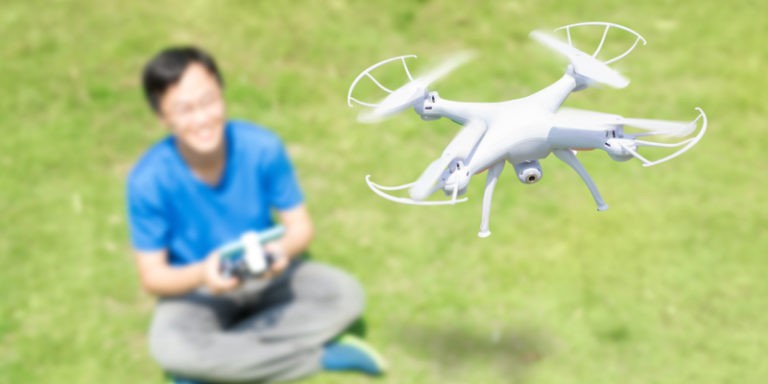The rules regarding the flying of drones in the US have been relaxed, paving the way for thousands of businesses to fly legally in the country’s airspace.
Existing Federal Aviation Administration (FAA) rules required commercial operators to possess a pilot’s license in order to fly even small drones – a stipulation that industry advocates said was unnecessarily restrictive.
The agriculture industry should benefit from the final rules released for governing the commercial use of unmanned aircraft systems or drones. The rules, which go into effect in August, address flights involving drones that weigh less than 55 pounds, fly up to 400 feet and travel up to 100 miles per hour, provided the flights are within sight of an operator and not conducted over people.
In a cautionary note, there is some concern in agriculture that the “within sight of the operator and not conducted over people” requirements may be too restrictive. Operators must be at least 16 years old and have a remote pilot certificate. Industry experts believe that completion of this rule is a major step forward in expanding drone technology for agricultural use. Unmanned aircraft can monitor crop health in real-time, which is a significant benefit for large-acre farms. In looking at overall benefits, the FAA stated that “the rule could generate more than USD82bn for the US economy and create more than 100,000 new jobs over the next 10 years”.
The FAA expects 2.5 million drones to be in use in the US by the end of 2016, with that number likely to triple to more than seven million by 2020.
“We are part of a new era in aviation, and the potential for unmanned aircraft will make it safer and easier to do certain jobs, gather information and deploy disaster relief”, said US Transportation Secretary Anthony Foxx. “We look forward to working with the aviation community to support innovation, while maintaining our standards as the safest and most complex airspace in the world.”
The FAA is offering a process to waive some restrictions if an operator proves the proposed flight will be conducted safely under a waiver. The FAA will make an online portal available to apply for these waivers in the months ahead.
“With this new rule, we are taking a careful and deliberate approach that balances the need to deploy this new technology with the FAA’s mission to protect public safety”, said FAA Administrator Michael Huerta. “But this is just our first step. We’re already working on additional rules that will expand the range of operations.”

